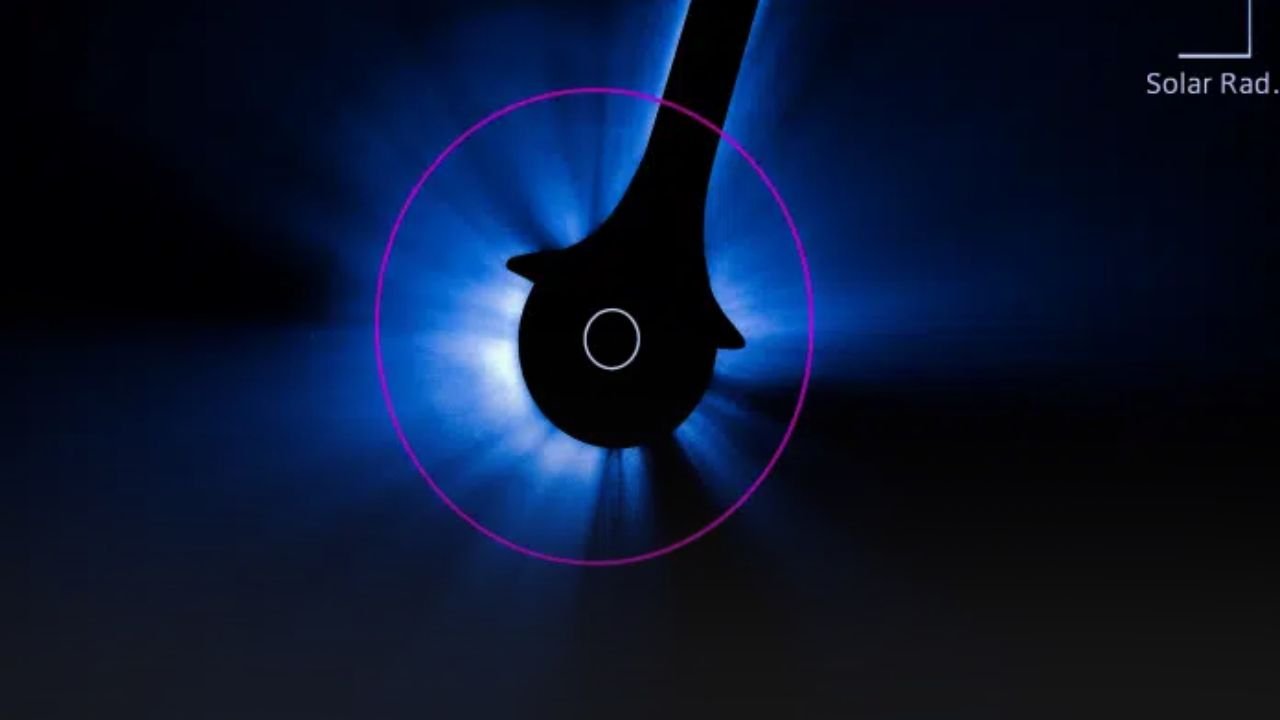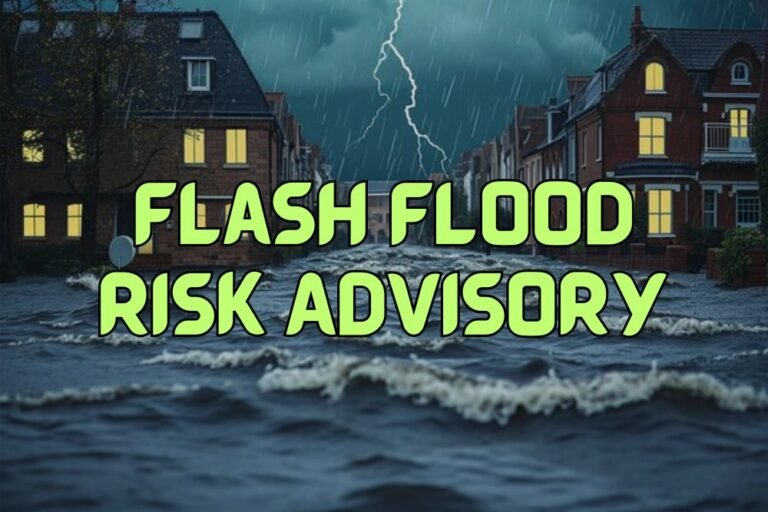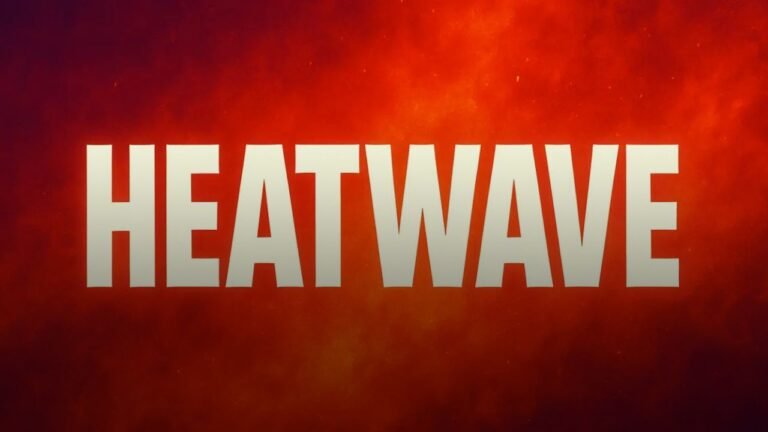Solar Blast Speeds at 3 Million MPH, But NOAA Confirms No Threat to Earth or Northern Lights This Weekend
BOULDER, CO — A massive solar eruption known as a coronal mass ejection (CME) blasted away from the Sun on Wednesday, racing at more than 3 million miles per hour, according to the National Oceanic and Atmospheric Administration’s Space Weather Prediction Center (SWPC). Despite its remarkable speed and size, officials confirm the blast poses no danger to Earth and will not trigger auroras across the United States this weekend.
The Solar Event
The CME was observed at approximately 12:30 p.m. MDT on August 21 from the Sun’s far side, meaning it was launched in the opposite direction from Earth. Because of this trajectory, the blast is not expected to cause geomagnetic storms or disturbances to power grids, satellites, or communications systems.While the eruption was dramatic, forecasters emphasized that its positioning made all the difference. “Had this CME been Earth-directed, it could have generated moderate to severe geomagnetic activity,” SWPC experts explained.
Could Northern Lights Appear?
Many skywatchers wondered whether the massive eruption might create a Northern Lights display this weekend. However, SWPC has confirmed that no auroras are expected from this particular event since the CME is directed away from our planet.
Still, scientists caution that the region of the Sun responsible for this blast could rotate into Earth’s view within three to four days, potentially raising the risk of solar storms later this month. If that happens, the chance of auroras across northern latitudes could increase.
Why Space Weather Matters
Solar eruptions like CMEs release billions of tons of plasma and magnetic fields into space. When these blasts are Earth-directed, they can:
- Disrupt GPS and radio communications.
- Impact power grids.
- Increase radiation risks for astronauts and high-altitude flights.
- Spark colorful auroras across polar regions.
The most significant space weather events are rare but can have serious consequences. The 1859 “Carrington Event,” the largest recorded solar storm, disrupted telegraph systems worldwide and produced auroras visible near the equator. Modern technology is far more vulnerable, making monitoring essential.
What’s Next?
For now, Earth remains safe from this CME, but space weather forecasters continue to track the Sun closely. Over the next week, the same solar active region could produce additional flares or CMEs that may head in Earth’s direction.
Residents in northern states and aurora enthusiasts are encouraged to follow updates from NOAA’s SWPC and local observatories, especially as the Sun remains in its active solar cycle.
While Wednesday’s 3 million mph solar blast turned heads in the scientific community, its trajectory away from Earth ensures that the public won’t see any immediate impacts — or the Northern Lights — this weekend. Still, the event is a reminder of the Sun’s immense power and the importance of constant space weather monitoring.
Do you enjoy following space weather events like this? Share your thoughts in the comments on SaludaStandard-Sentinel.com.







